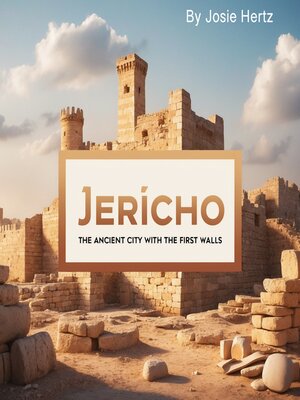
Sign up to save your library
With an OverDrive account, you can save your favorite libraries for at-a-glance information about availability. Find out more about OverDrive accounts.
Find this title in Libby, the library reading app by OverDrive.



Search for a digital library with this title
Title found at these libraries:
| Library Name | Distance |
|---|---|
| Loading... |
This audiobook is narrated by a digital voice.
In the heart of the Jordan Valley, where the ancient waters of the Ein es-Sultan spring have bubbled forth from the earth for millennia, stands one of humanity's most extraordinary archaeological sites. Jericho, known in Arabic as Tell es-Sultan, represents a place where the very foundations of human civilization were laid over 11,000 years ago, making it arguably the world's oldest continuously inhabited city and a testament to humanity's first tentative steps toward urban life. This ancient oasis, situated 258 meters below sea level in one of the most climatically challenging regions on Earth, has witnessed the entire span of human cultural development from the earliest agricultural experiments to the complex urban societies that would eventually spread across the globe.
The geographical setting of Jericho reflects the profound relationship between environment and human development that characterized the Neolithic revolution, as the combination of abundant freshwater, fertile alluvial soils, and strategic location created conditions that enabled some of humanity's earliest experiments in permanent settlement and agricultural production. The Ein es-Sultan spring, which produces approximately 1,000 cubic meters of water per hour, created an oasis in the otherwise arid Jordan Valley that could support year-round habitation and intensive cultivation, making it one of the most attractive locations for settlement in the entire Levantine region.
The earliest evidence of human presence at Jericho dates to the Natufian period around 12,000 years ago, when hunter-gatherer groups began establishing semi-permanent settlements near reliable water sources as they developed new strategies for exploiting local resources and managing seasonal variations in food availability.







